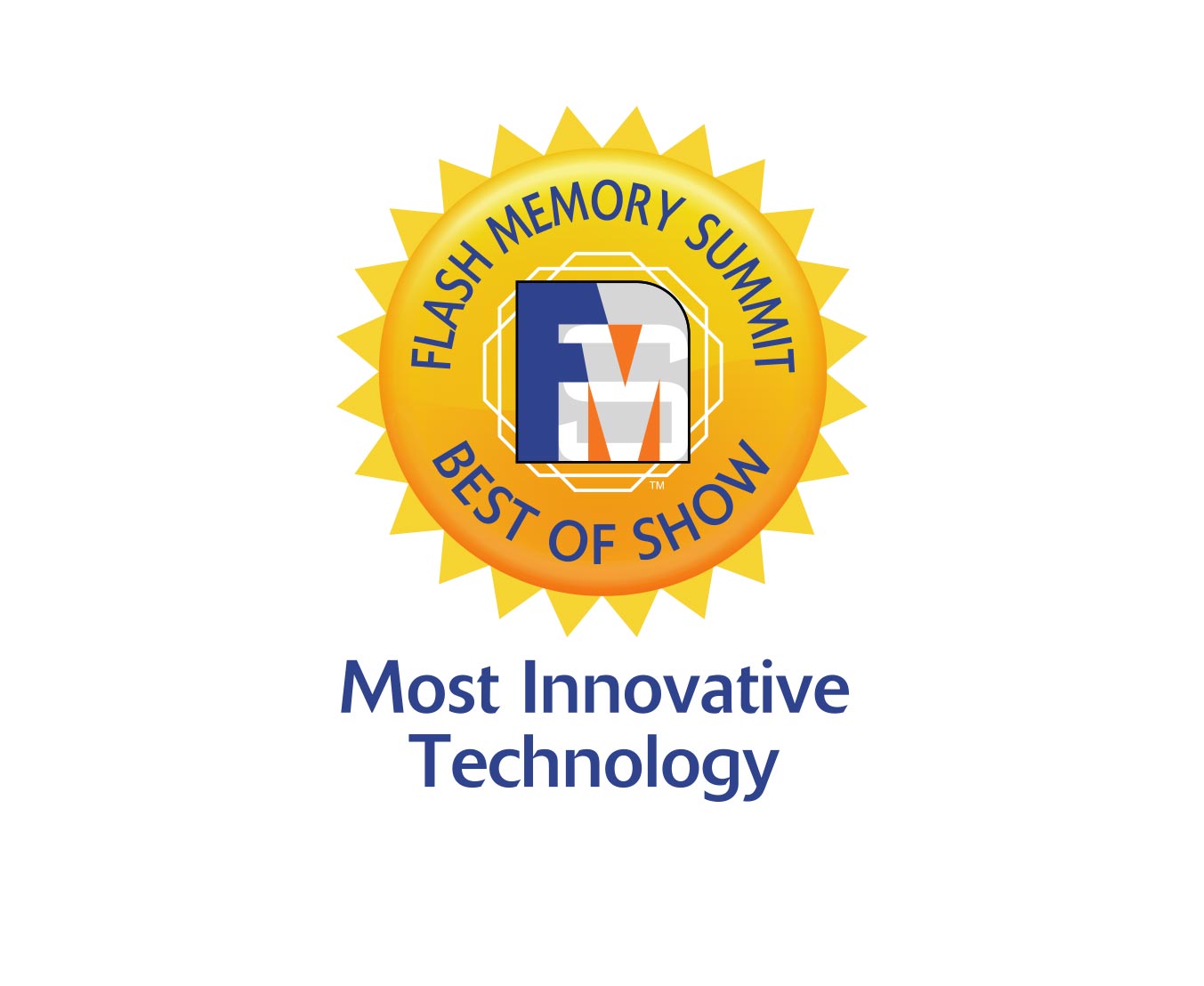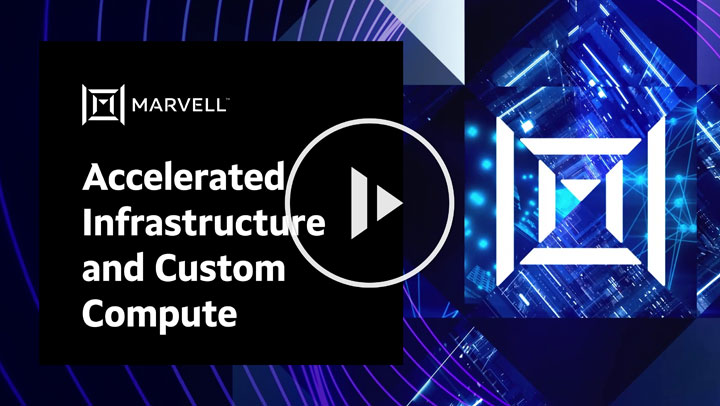

By Chander Chadha, Director of Marketing, Flash Storage Products, Marvell
AI is all about dichotomies. Distinct computing architectures and processors have been developed for training and inference workloads. In the past two years, scale-up and scale-out networks have emerged.
Soon, the same will happen in storage.
The AI infrastructure need is prompting storage companies to develop SSDs, controllers, NAND and other technologies fine-tuned to support GPUs—with an emphasis on higher IOPS (input/output operations per second) for AI inference—that will be fundamentally different from those for CPU-connected drives where latency and capacity are the bigger focus points. This drive bifurcation also likely won’t be the last; expect to also see drives optimized for training or inference.
As in other technology markets, the changes are being driven by the rapid growth of AI and the equally rapidly growing need to boost the performance, efficiency and TCO of AI infrastructure. The total amount of SSD capacity inside data centers is expected to double to approximately 2 zettabytes by 2028 with the growth primary fueled by AI.1 By that year, SSDs will account for 41% of the installed base of data center drives, up from 25% in 2023.1
Greater storage capacity, however, also potentially means more storage network complexity, latency, and storage management overhead. It also means potentially more power. In 2023, SSDs accounted for 4 terawatt hours of data center power, or around 25% of the 16 TWh consumed by storage. By 2028, SSDs are slated to account for 11TWh, or 50%, of storage’s expected total for the year.1 While storage represents less than five percent of total data power consumption, the total remains large and provides incentives for saving. Reducing storage power by even 1 TWh, or less than 10%, would save enough electricity to power 90,000 US homes for a year.2 Finding the precise balance between capacity, speed, power and cost will be critical for both AI data center operators and customers. Creating different categories of technologies becomes the first step toward optimizing products in a way that will be scalable.
By Wolfgang Sauter, Customer Solutions Architect - Packaging, Marvel
The continued evolution of 5G wireless infrastructure and high-performance networking is driving the semiconductor industry to unprecedented technological innovations, signaling the end of traditional scaling on Single-Chip Module (SCM) packaging. With the move to 5nm process technology and beyond, 50T Switches, 112G SerDes and other silicon design thresholds, it seems that we may have finally met the end of the road for Moore’s Law.1 The remarkable and stringent requirements coming down the pipe for next-generation wireless, compute and networking products have all created the need for more innovative approaches. So what comes next to keep up with these challenges? Novel partitioning concepts and integration at the package level are becoming game-changing strategies to address the many challenges facing these application spaces.
During the past two years, leaders in the industry have started to embrace these new approaches to modular design, partitioning and package integration. In this paper, we will look at what is driving the main application spaces and how packaging plays into next-generation system architectures, especially as it relates to networking and cloud data center chip design.
By Lindsey Moore, Marketing Coordinator, Marvell

Flash Memory Summit, the industry's largest trade show dedicated to flash memory and solid-state storage technology, presented its 2020 Best of Show Awards yesterday in a virtual ceremony. Marvell, alongside Hewlett Packard Enterprise (HPE), was named a winner for "Most Innovative Flash Memory Technology" in the controller/system category for the Marvell NVMe RAID accelerator in the HPE OS Boot Device.
Last month, Marvell introduced the industry’s first native NVMe RAID 1 accelerator, a state-of-the-art technology for virtualized, multi-tenant cloud and enterprise data center environments which demand optimized reliability, efficiency, and performance. HPE is the first of Marvell's partners to support the new accelerator in the HPE NS204i-p NVMe OS Boot Device offered on select HPE ProLiant servers and HPE Apollo systems. The solution lowers data center total cost of ownership (TCO) by offloading RAID 1 processing from costly and precious server CPU resources, maximizing application processing performance.
Copyright © 2025 Marvell, All rights reserved.
